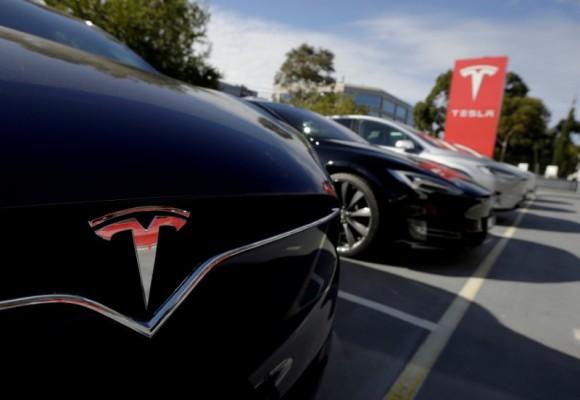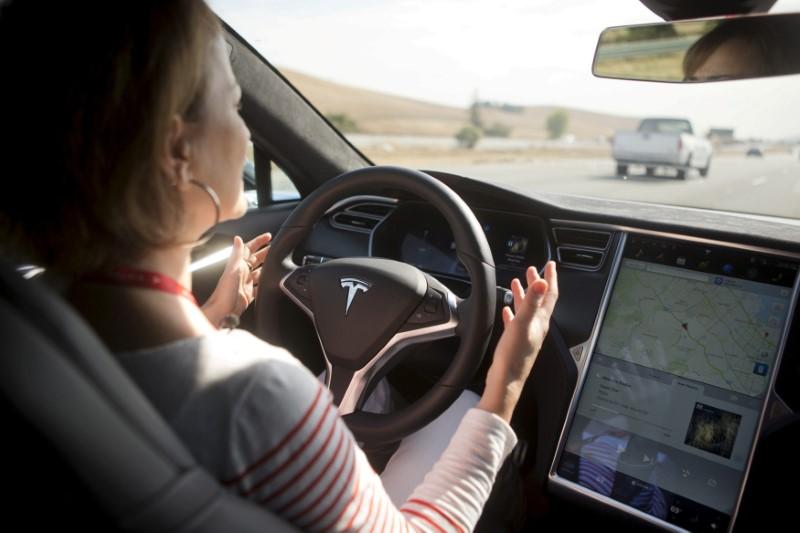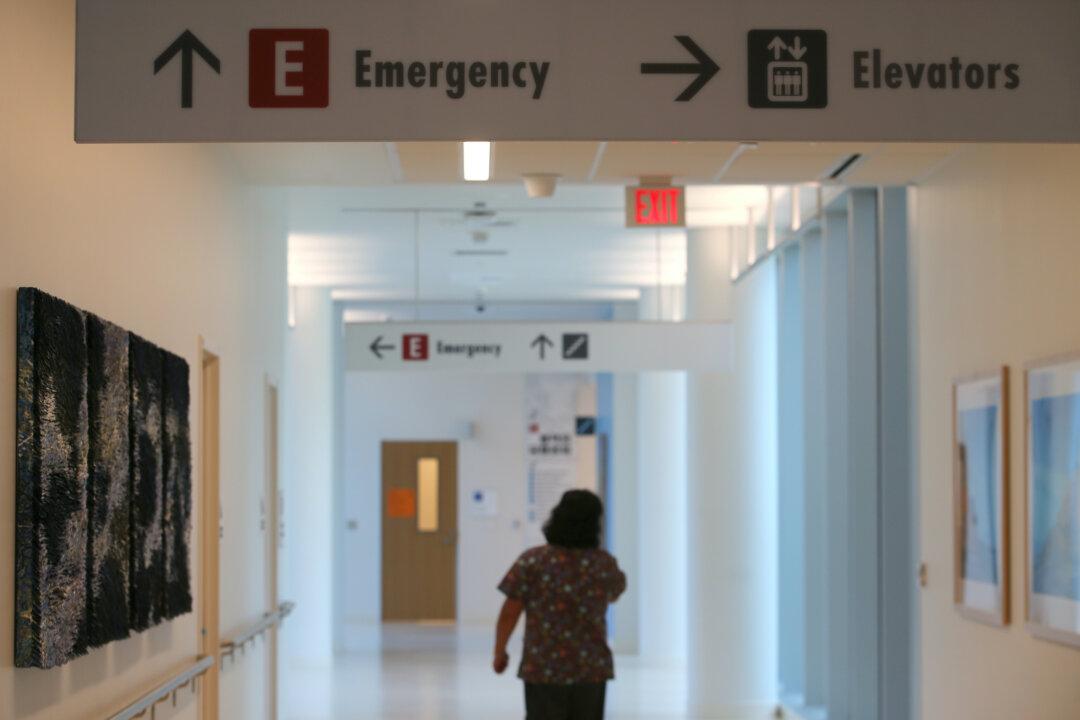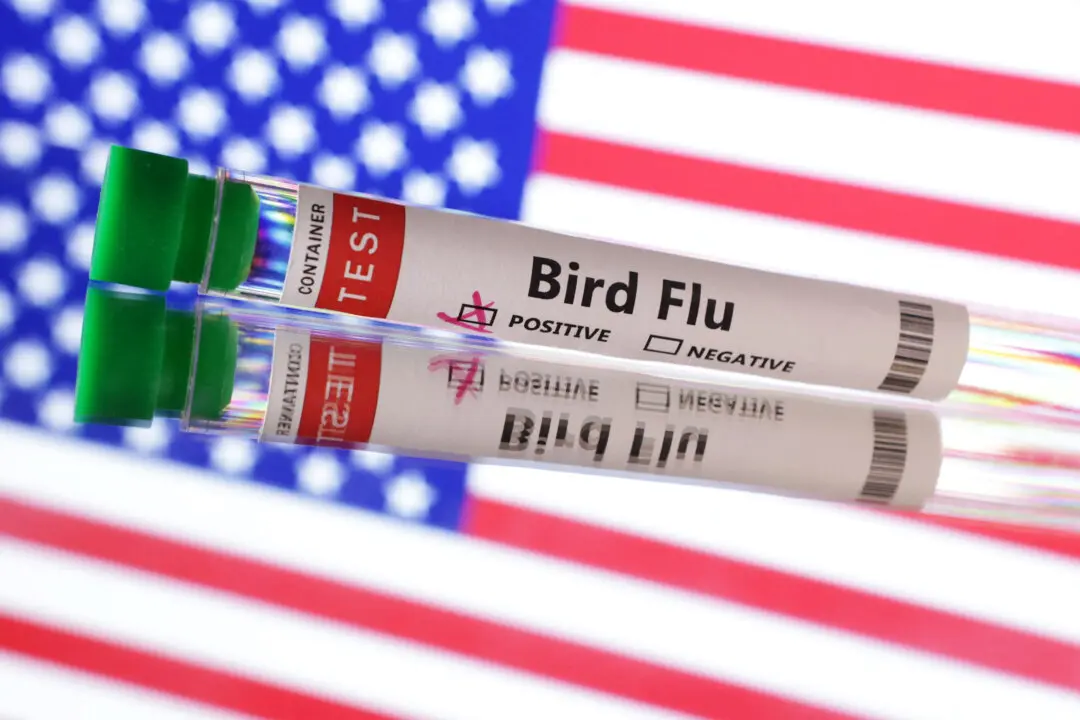WASHINGTON—Automakers are using tiny cameras, sensors to track drooping heads, steering wheel monitors and audible alerts to ensure drivers pay attention when using advanced driver assistance systems, like Tesla’s Autopilot, that allow drivers to take their hands off the wheel.
In a report this week on the May 2016 crash of a Tesla Inc Model S that killed a driver who was using Autopilot, the National Transportation Safety Board demonstrated that users could mostly keep their hands off the wheel for extended periods despite repeated warnings from the vehicle.
But the crash underscored a vexing problem for automakers that want to gain an edge by launching technology that completely automates driving tasks. Unless a car is capable of driving itself safely in every situation, drivers will still have to remain alert and ready to take control even if the car is piloting itself.






